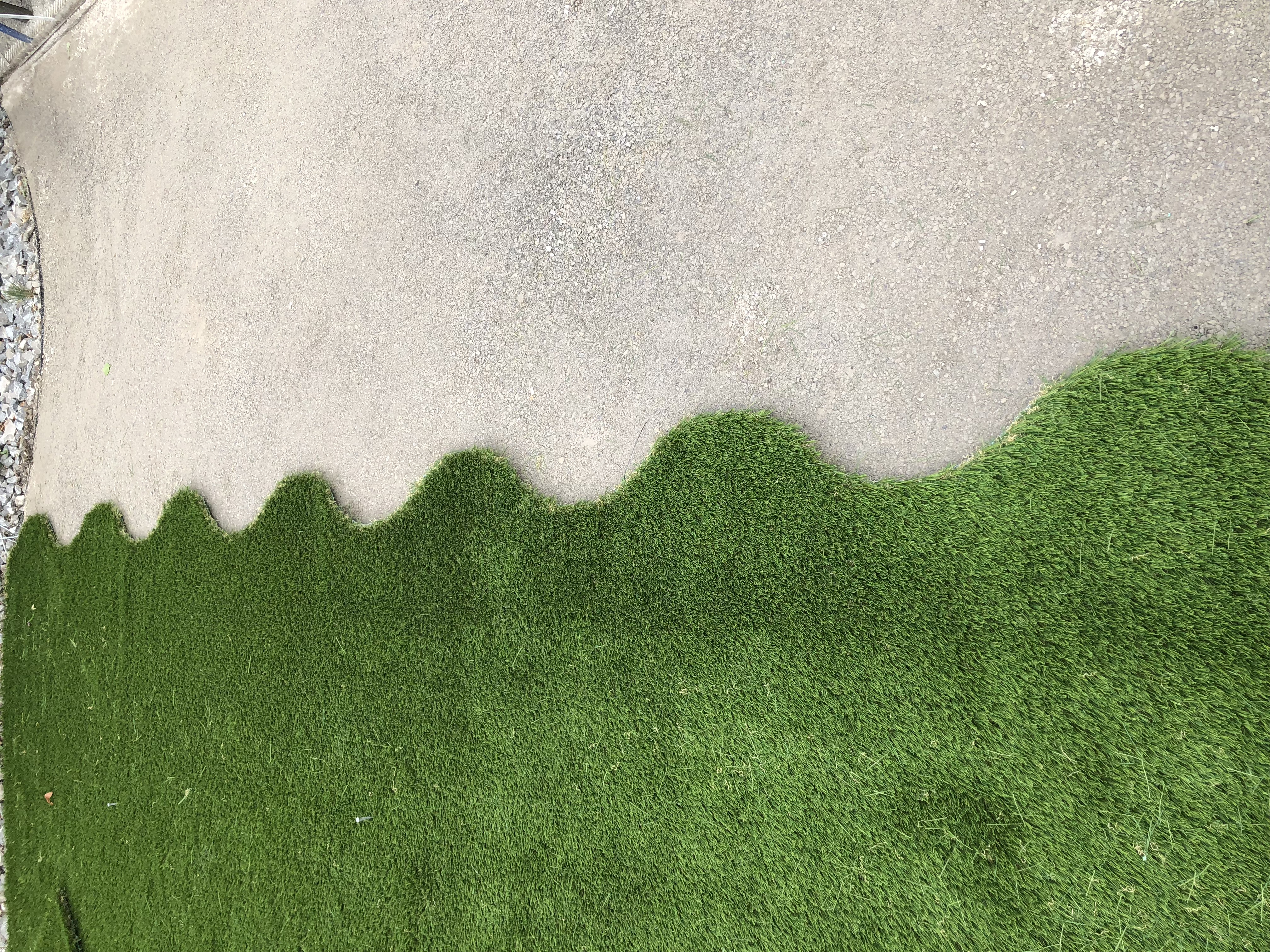How do You Prepare for Artificial Turf Installation?
Posted by The Synthetic Turf Co. on 1st Apr 2021

Artificial turf installation is much easier than you might think. If you are looking to save a bit of money on your synthetic turf, you can certainly install the turf yourself. It just takes a little work and some attention to detail. Here's what you need to know to do it right. Alternatively, we are happy to do it for you! Call us today for a consultation.
Preparing the Foundation for Your Artificial Turf Installation
Before you can lay the synthetic grass, you'll need to create a stable base for it. This means clearing your designated area of natural grass, weeds, roots, and other debris. Next, you'll need to add a layer of aggregate material to give your synthetic lawn the desired shape and contour. Of course, you can create a flat base as well if you don't want any bumps or hills in the surface.
The aggregate layer should be about 4 to 6 inches thick to provide the best possible drainage for your turf. Once the aggregate is in place, rake it gently to smooth out the surface, and pack it down using a plate compactor so that the surface is smooth and even.
Roll Out the Turf
The next step in the artificial turf installation process is to lay down the grass. Unroll the turf over the aggregate, ensuring that the seams line up perfectly. Trim away any excess turf that goes outside your desired area to create a smooth edge. Depending on the layout of your synthetic lawn, you may be able to use some of the trimmed pieces to fill in any gaps, especially around curved edges.
Seal the Seams
To prevent the turf from shifting and the seams from coming apart, you'll need to secure everything in place with seaming cloth. Anywhere you have a seam between two pieces of turf, fold the edges back gently so you can lay the seaming cloth underneath. The cloth should run the full length of the seam to ensure there aren't any gaps.
With the seaming cloth in place, apply seaming adhesive in a thin even layer across the entire cloth. Avoid applying the adhesive too thick as it can squish through the seam. Then, unfold the edges of the turf to lay it back over the adhesive making sure that none of the blades touch the adhesive.Take care to ensure the turf is flat and even as possible as you unfold it, so that you don't end up with any gaps or ripples.
Anchor Your Artificial Turf Installation
In addition to sealing the seams, you'll also need to anchor the outside edges in place. Anchor pins or galvanized nails will do the trick. The pins or nails will need to be about 5 or 6 inches in length, spaced 4-6 inches apart to be fully secure in the base. Follow along the exterior edges of your artificial turf installation to ensure everything is secured in place, especially at the corners.
Final Steps for Artificial Turf Installation
The last thing you'll need to do is broom the grass to keep the blades standing tall and looking lush. Using a leaf blower or plastic rake is a great way to clean any loose debris such as leaves. Broom them periodically to maintain the appearance, and rinse with a hose to clean.
Save Yourself the Hard Work
If you'd rather not complete the artificial turf installation on your own, our team will be happy to do the work for you. Get in touch with us today to learn more about our synthetic grass products and artificial turf installation and maintenance services.

